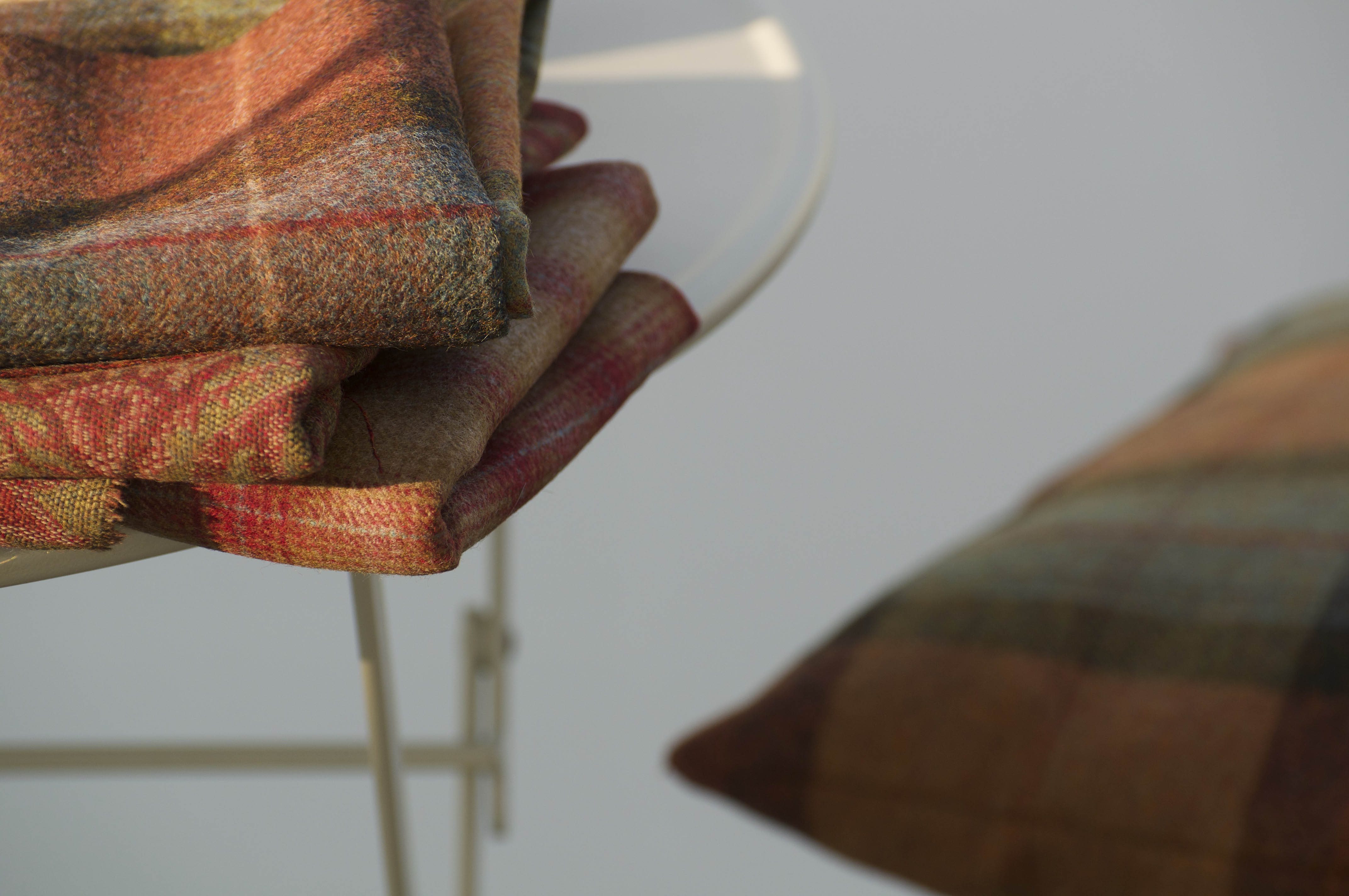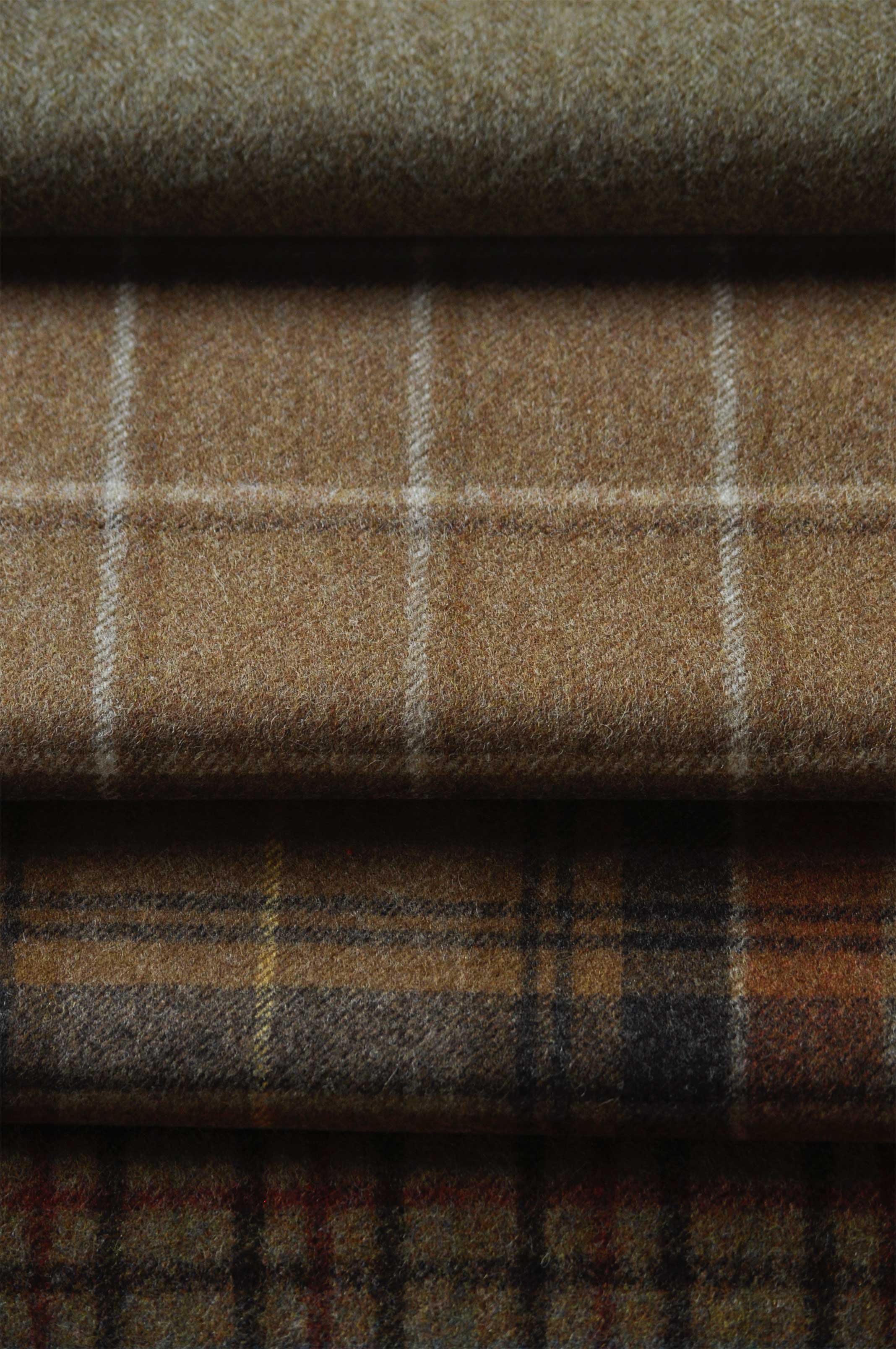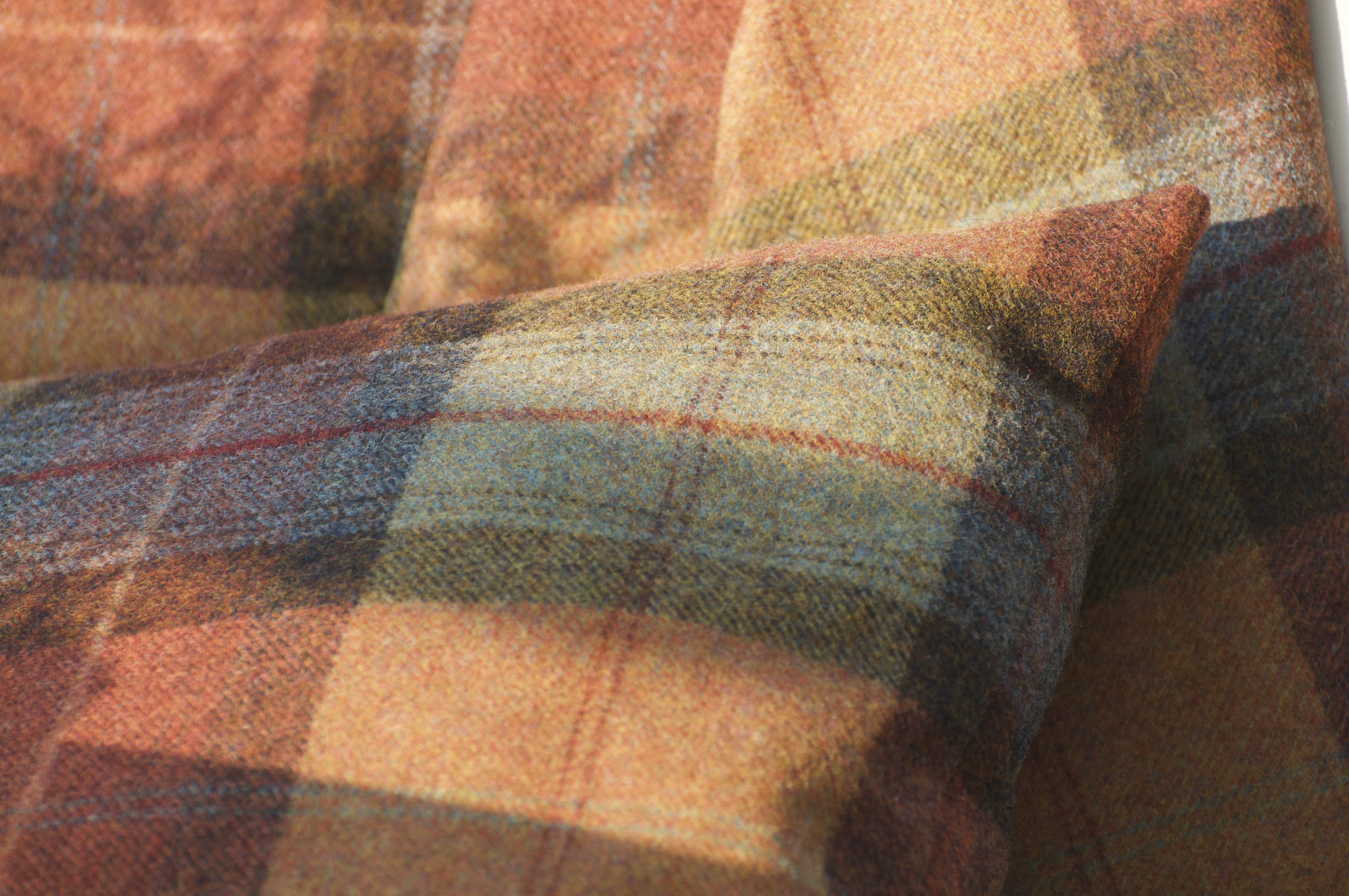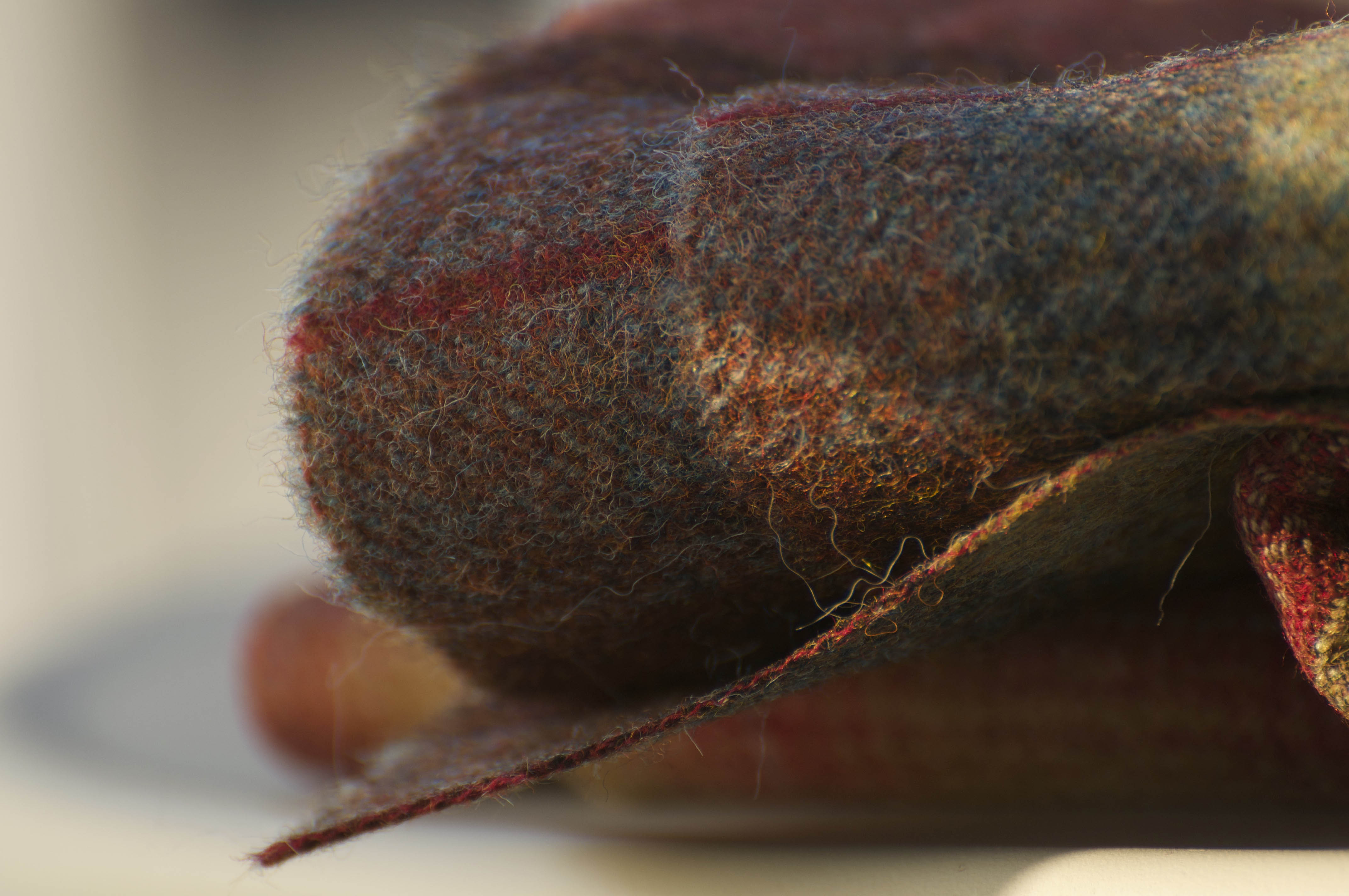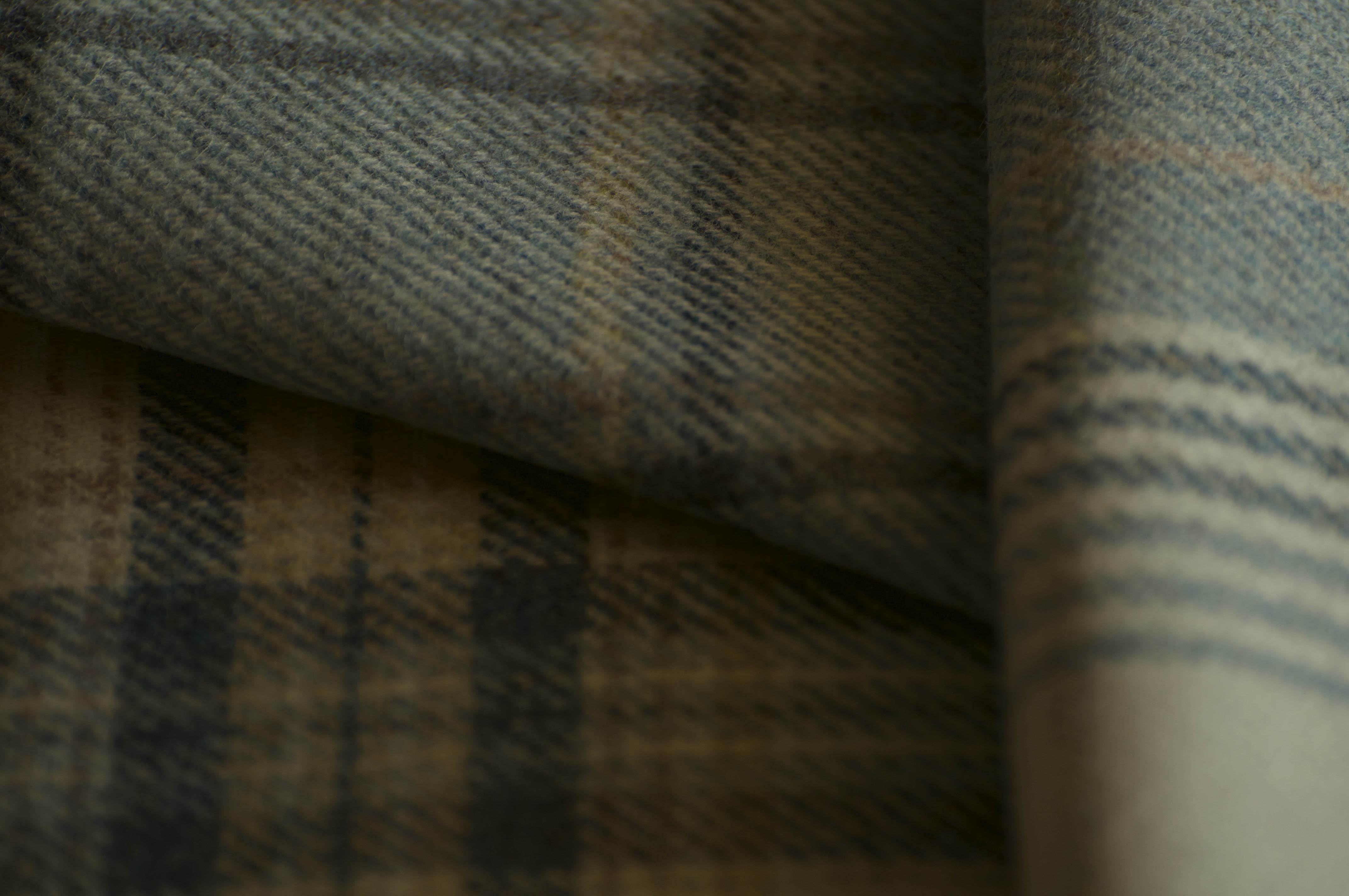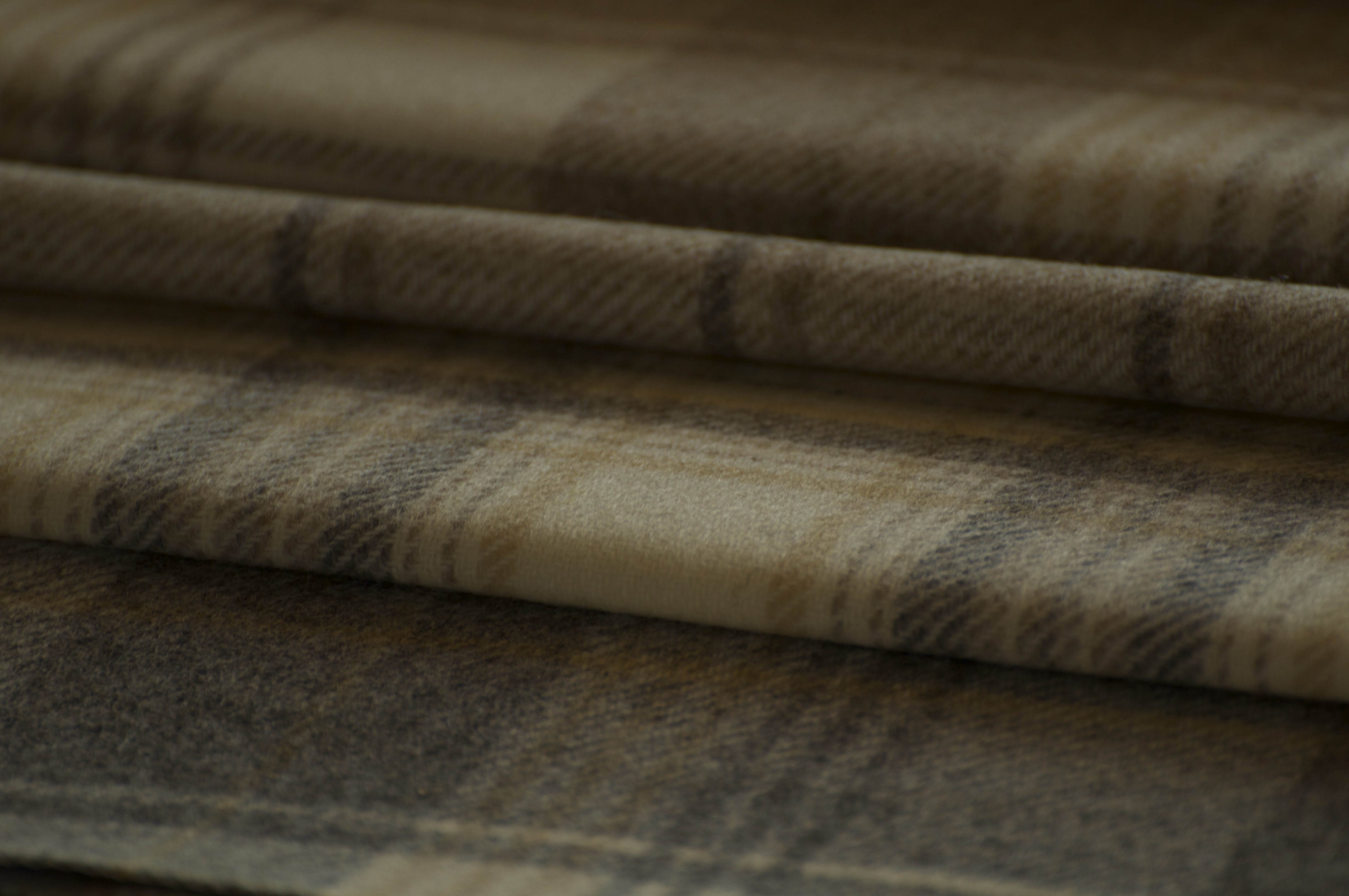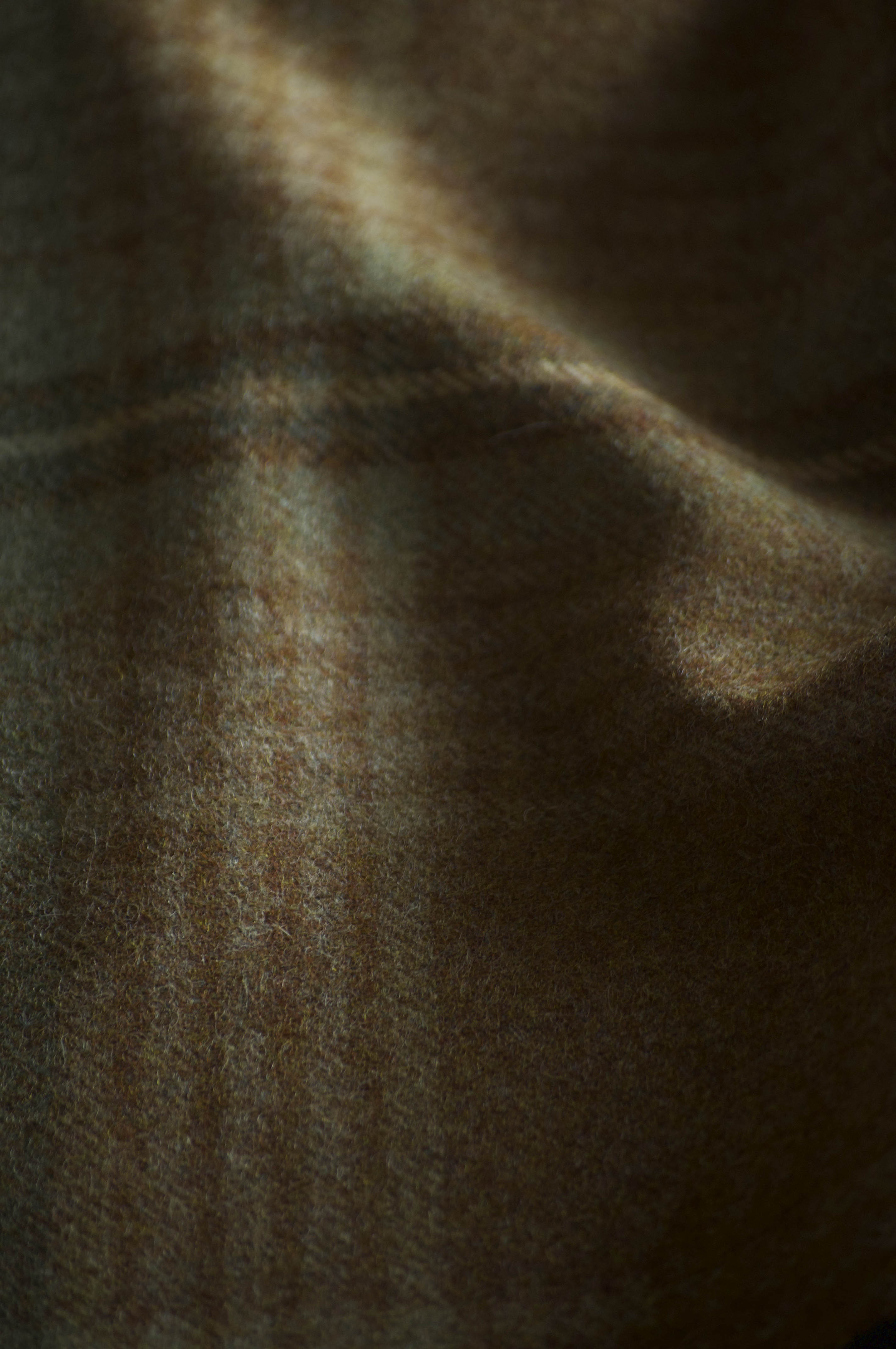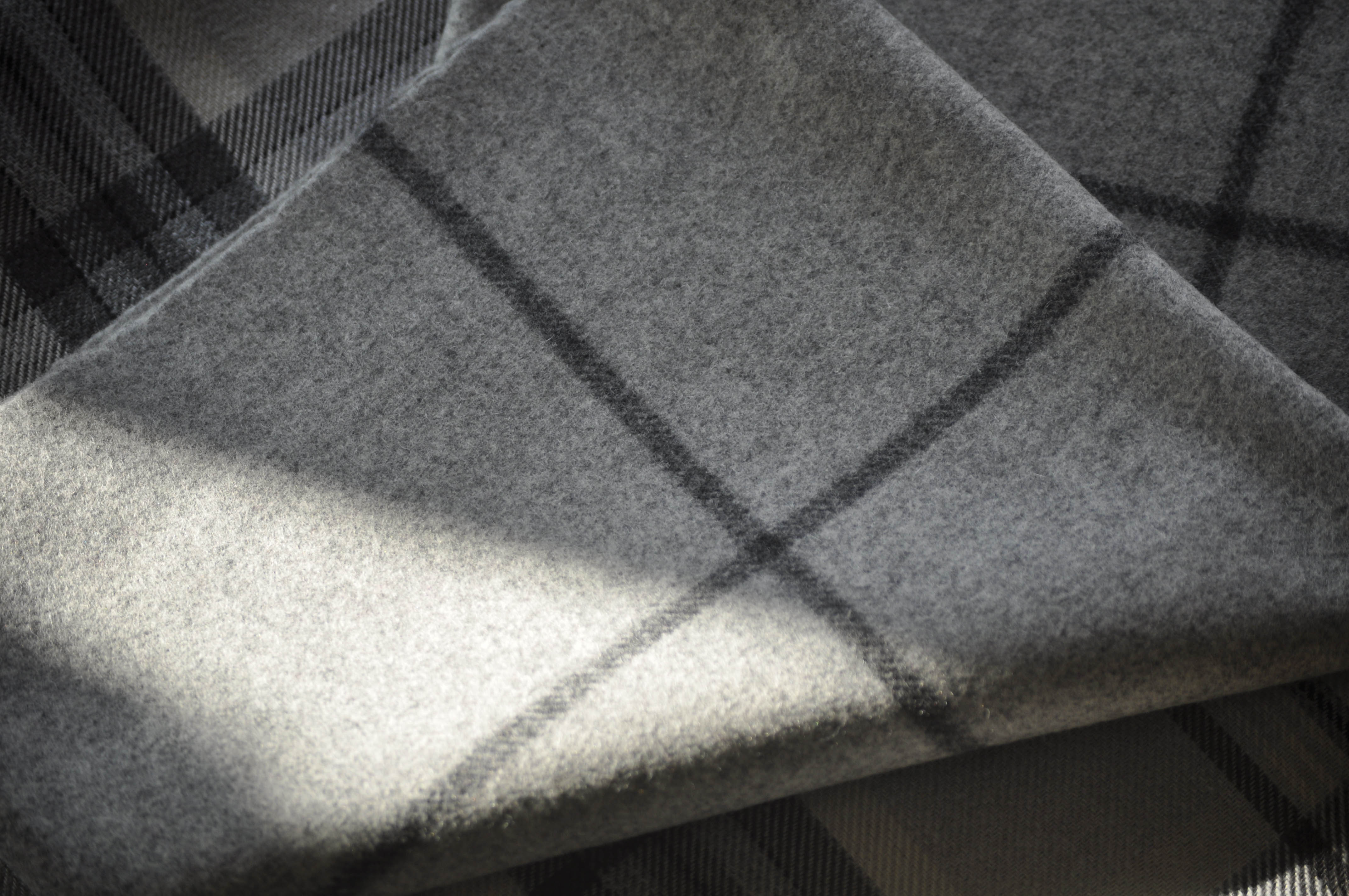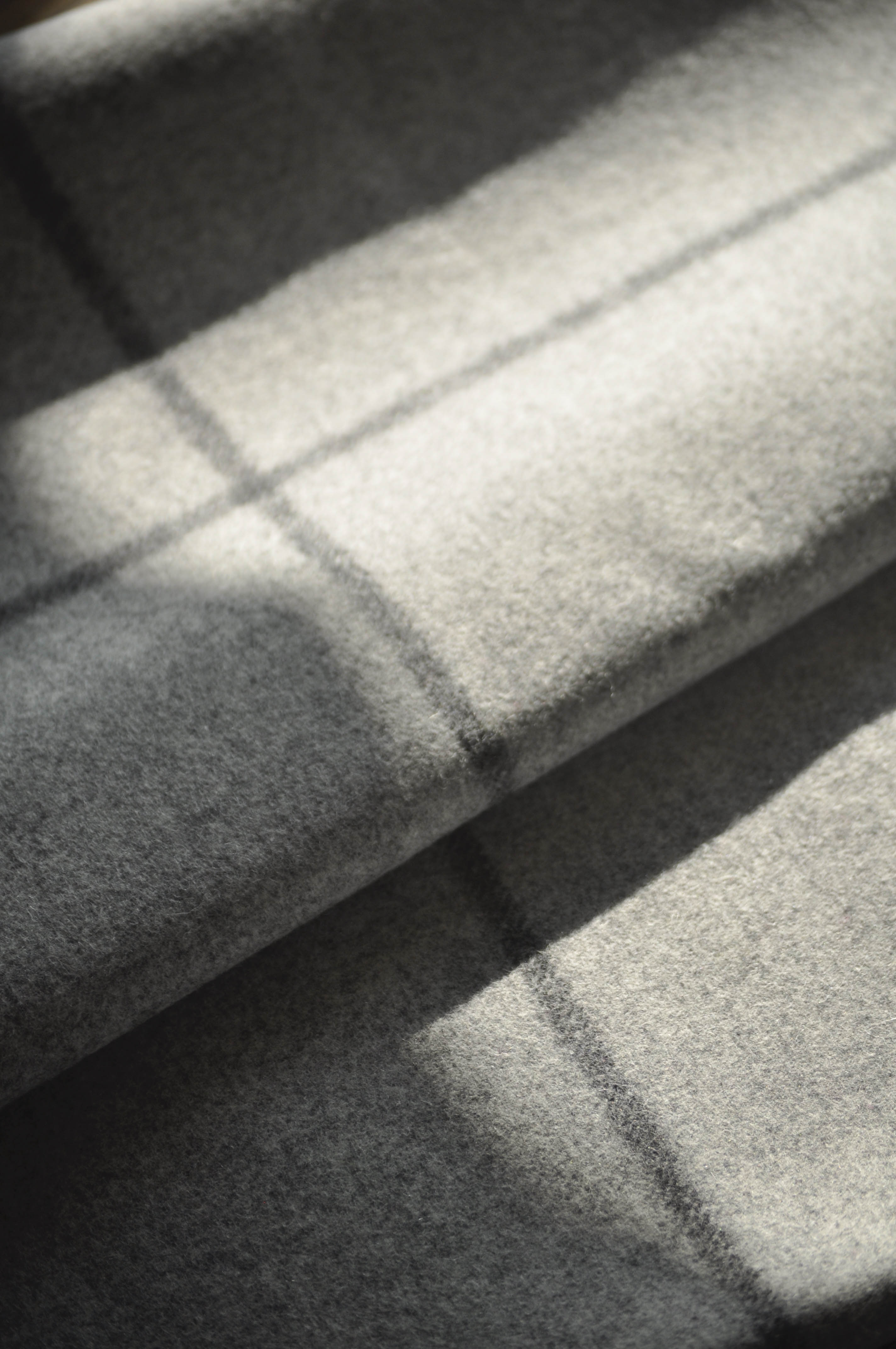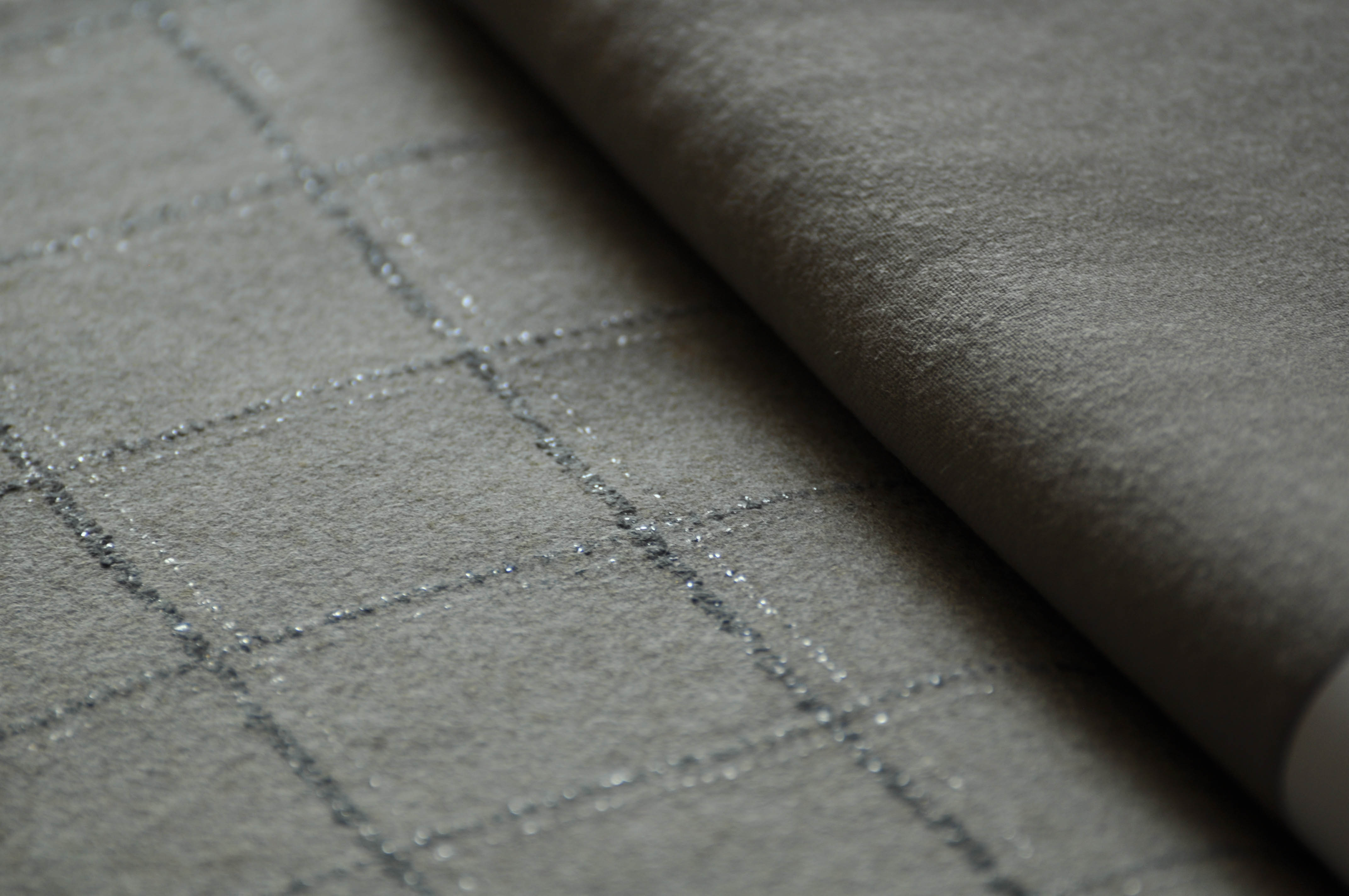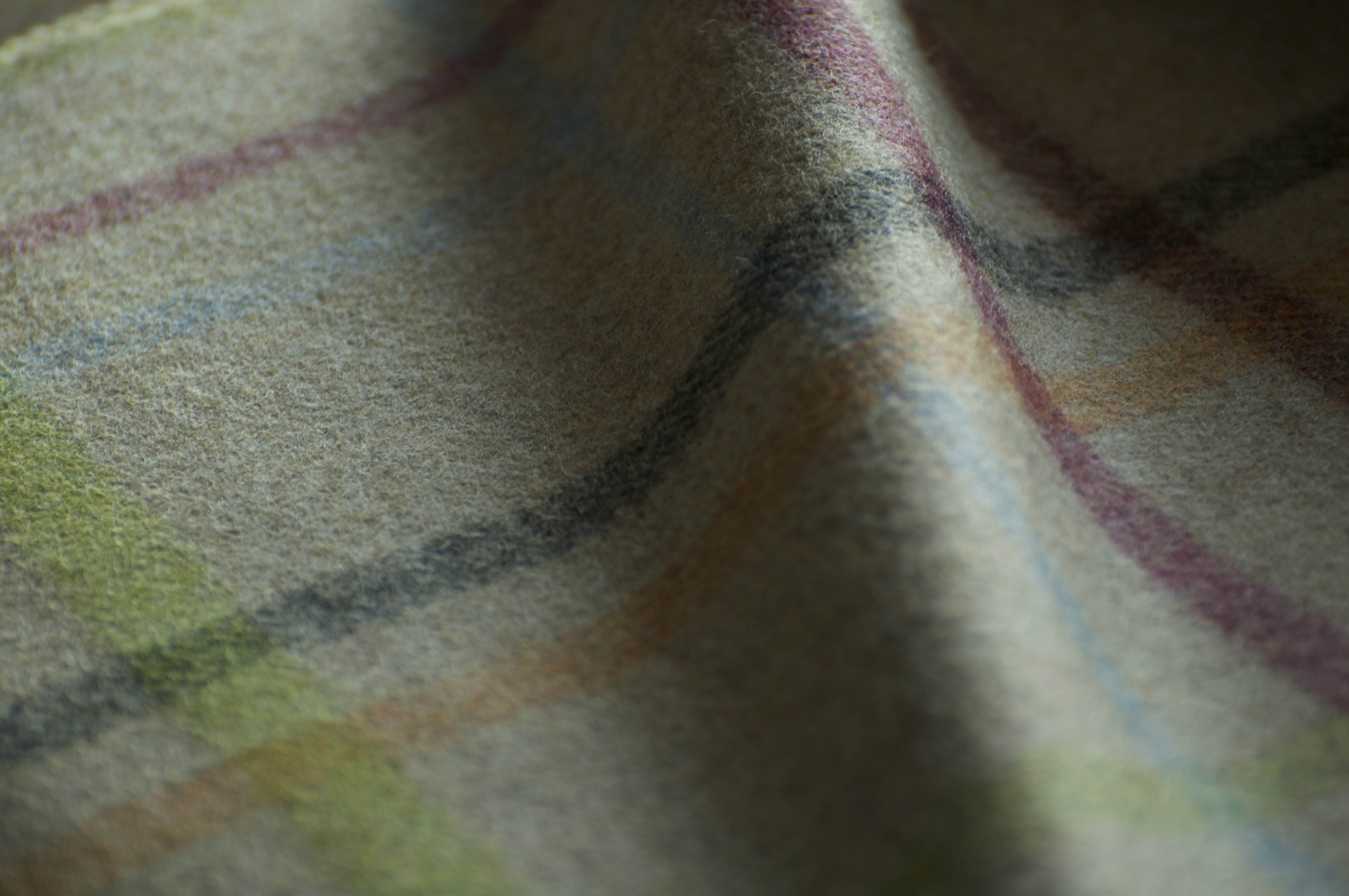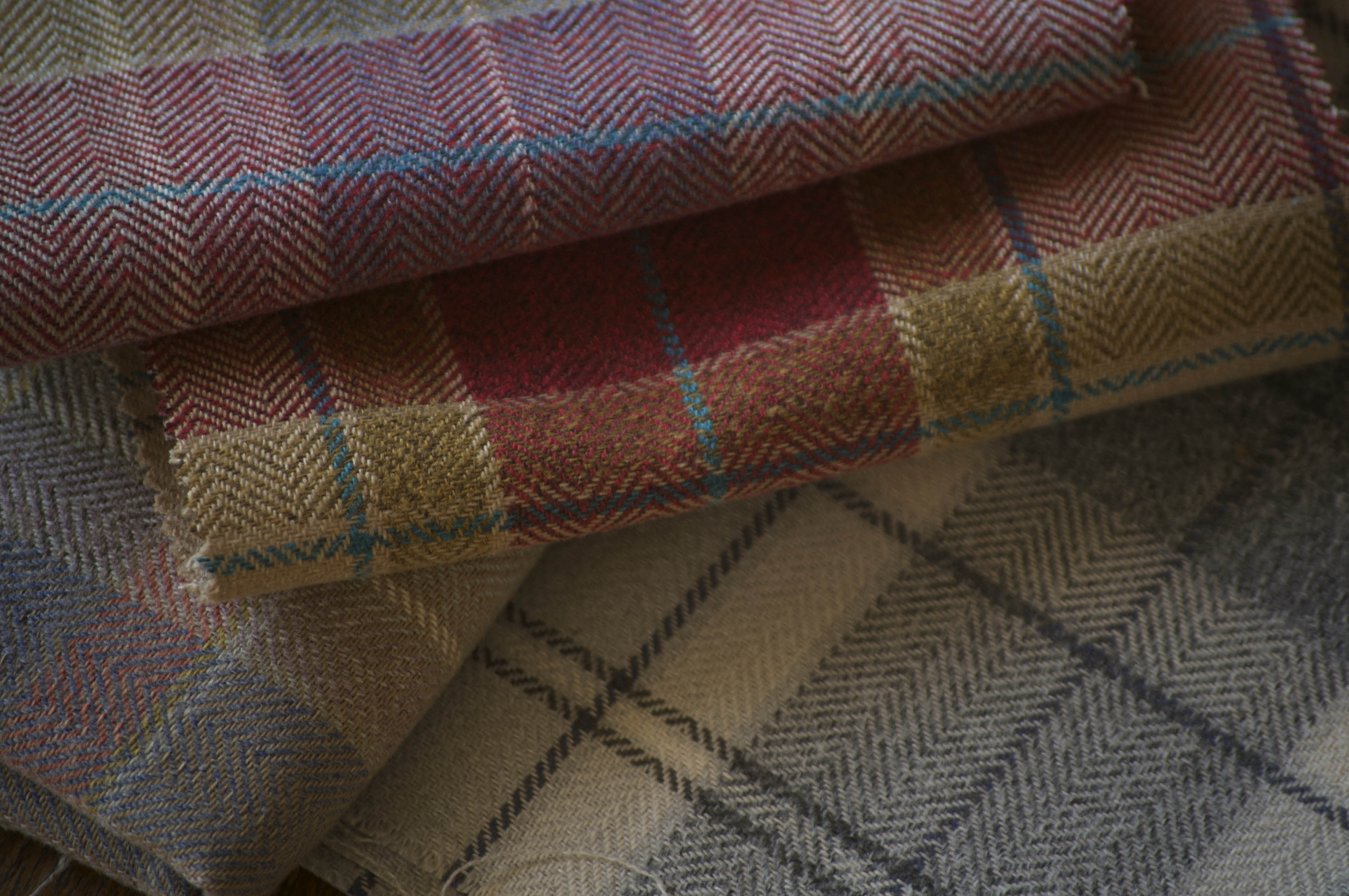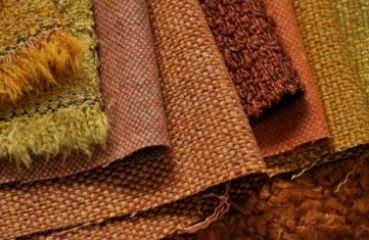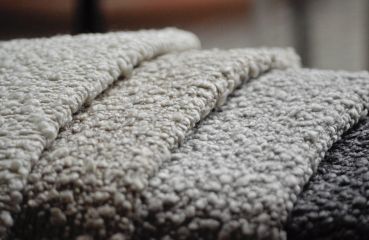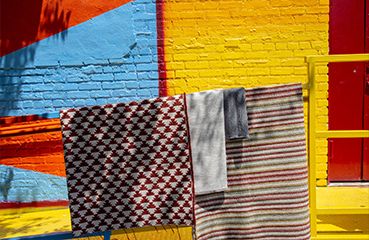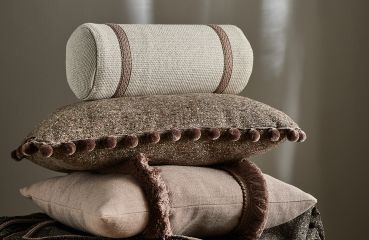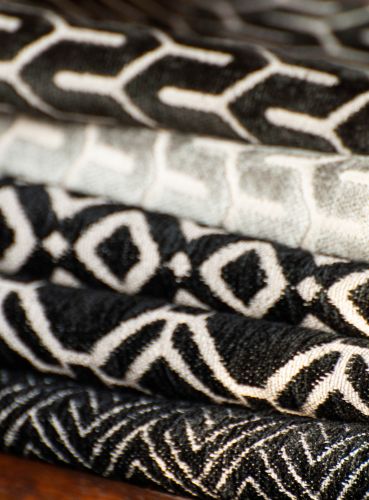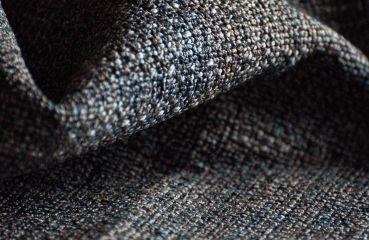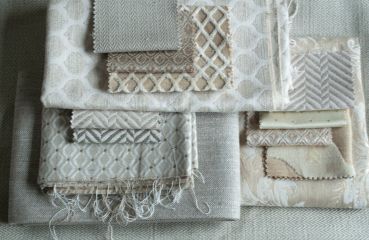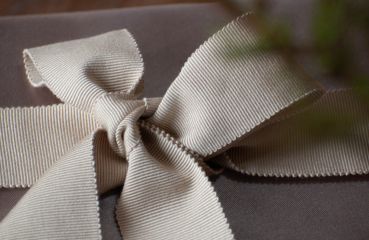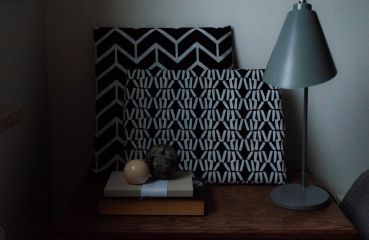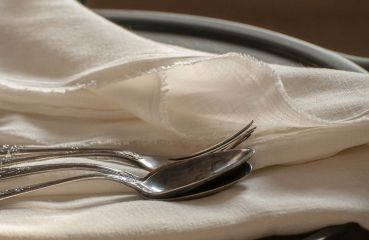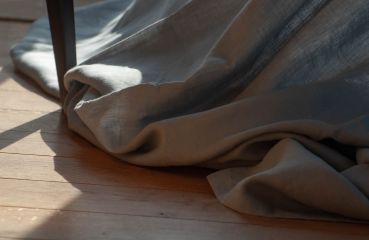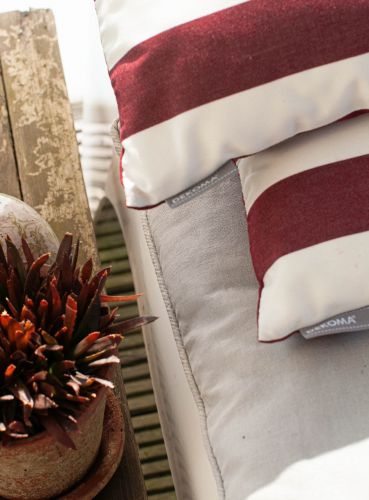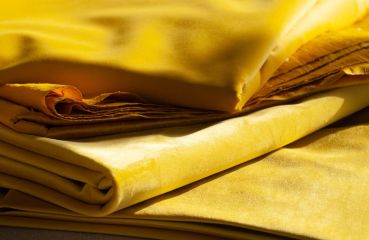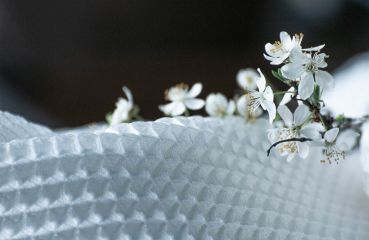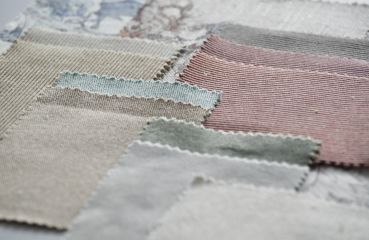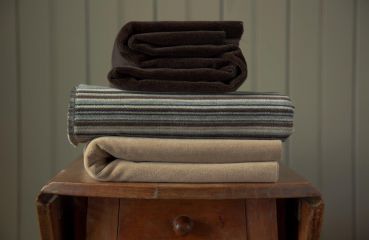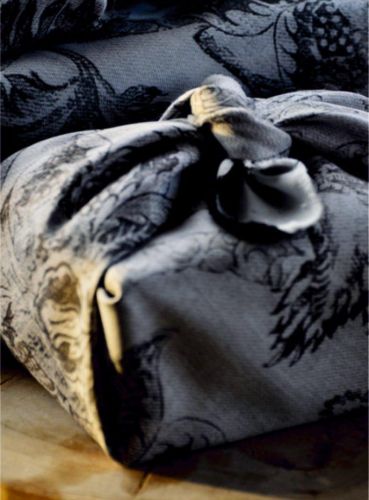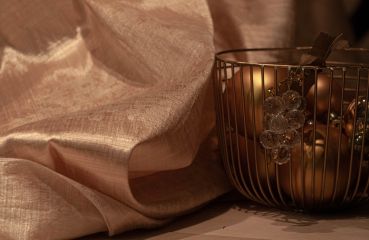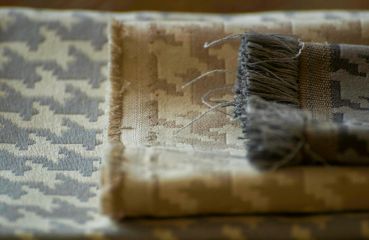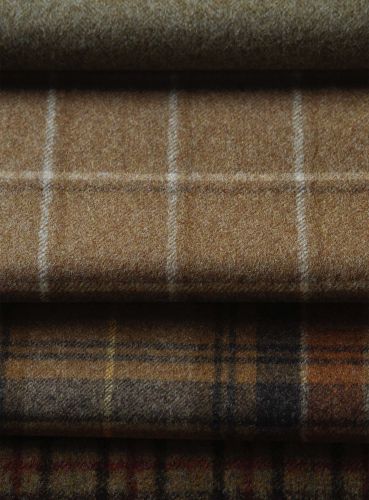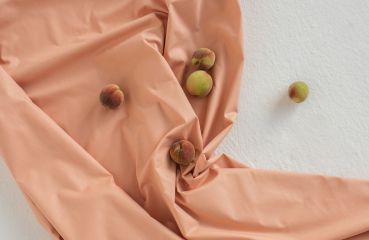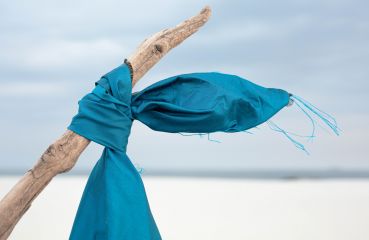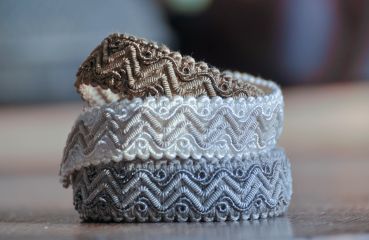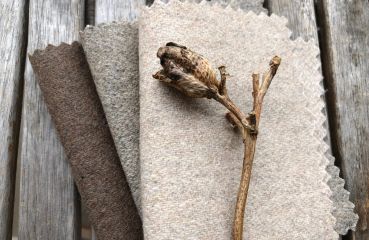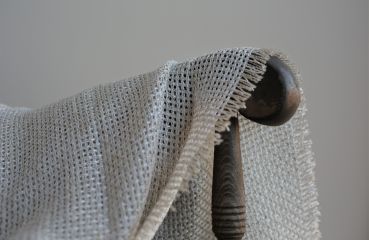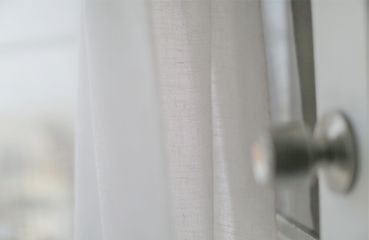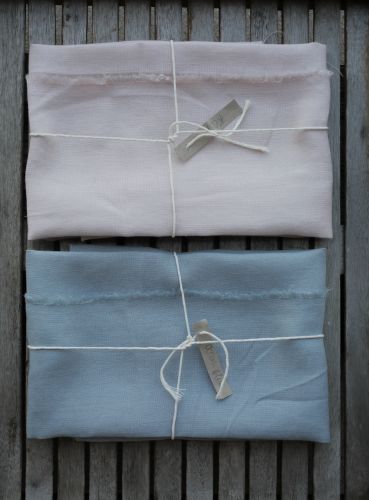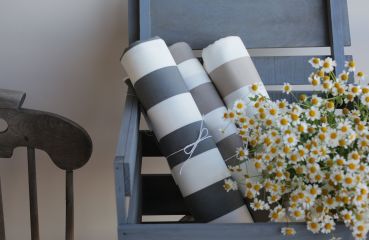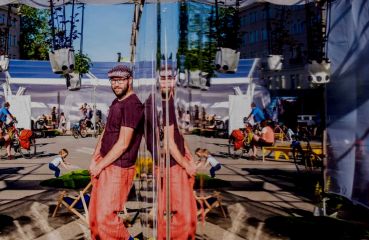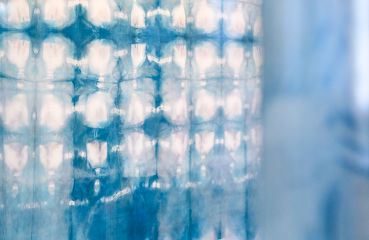About the most popular fabric patterns – part one, checks
Contemporary eclecticism or the power of patterns.
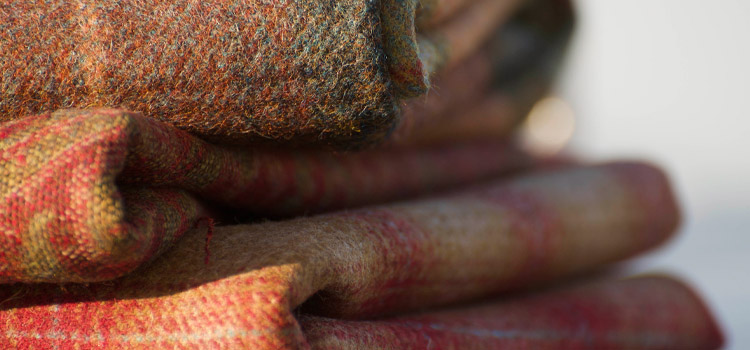
Current design trends allow for much more variety than before. The eclectic style of interior design encourages us to combine different patterns and arrange them together, not always in accordance with the traditionally accepted aesthetics or colour codes. We can play with them, fully appreciating their decorative power. Mixing different patterns requires skill, considerable expertise and knowledge. On the other hand, it allows you to play with forms, colours and shapes.
It is worth learning about the history and character of patterns which adorn contemporary fabrics.
So let us begin our journey through decorative patterns and take a closer look at the first of them – a check.
It is called by many names – here are some fancy ones.
A check is one of the most popular patterns, and its history is also partly the history of fashion and aesthetic trends in interior design. It is worth taking a closer look at its origins and getting to know some of its varieties with curiously-sounding names.
The first one has been around for centuries. Tartan is a classic Scottish pattern consisting of regularly spaced criss-crossing lines forming a chequered pattern. Traditionally, it appeared on woollen kilts and full plaids, which served as the outer garment of Scottish warriors (hence the second term – plaid, used mainly in North America). Specific patterns and colours originally indicated clan affiliation. Today, they no longer serve this purpose but instead please the eye with an extremely wide range of colours.
In the classic tartan, the stripes are mirrored both vertically and horizontally. They can be arranged very densely, close to each other, rhythmically or arrhythmically – the possibilities are endless.
The iconic Burberry check, famous in the fashion world, with its characteristic red-white and black pattern on a beige background, also refers to the traditional tartan pattern.
Another version of tartan is the characteristic navy blue and black check on a dark green background, which is popular in the USA. It is a pattern historically used by the legendary Scottish infantry battalion called “Black Watch” – hence the proudly sounding name – the blackwatch check.
Glencheck (or the Prince of Wales check), also known as the royal check, owes its name to the Prince of Wales, who introduced it to the high society. From there, glencheck permeated every-day, elegant life. Its pattern consists of two overlapping checks, often with additional micro-patterns formed at the intersection of stripes, such as houndstooth or tiny herringbone. In France, this pattern is also known as prince de Galles.
Simpler and less multi-coloured checks include shepherd's check, also known as border tartan, associated with the region of historical Northumbria, the territory of today’s Anglo-Scottish border. The pattern consists of interpenetrating light and dark square fields with a twill weave.
Traditionally, the light (white, more often cream) part of the yarn was undyed wool obtained from white sheep, while the dark one was obtained from black sheep, or by dyeing light wool with natural dyes (e.g. alder). The use of a combination of one-colour and two-colour fields made the fabric seem uniform from a distance, so it was often used in situations requiring camouflage. It is probably the oldest pattern of the Anglo-Saxon tartan.
Another well-known pattern is the window pane check, which is a simple and clear pattern of a window lattice. It consists of pretty wide stripes of one colour intersecting at right angles, applied on a more or less contrasting background. Underestimated over the years, it is now experiencing its revival, becoming a frequently used pattern on contemporary rugs, cushions and even curtains.
The two-colour tattersall is its somewhat happier, lighter version. The pattern is made of cross-spaced stripes, appearing in two different colours, most often on a white or cream but always light background. The name comes from the 18th-century horse market called Tattersalls, selling blankets decorated with this pattern.
Last but not least, it is also worth mentioning the tartan variation that is commonly used in fashion and interior design, namely the famous Madras check. This variety owes its name to the Indian city of Chennai, also known as Madras, where fabrics decorated with this pattern were originally produced. What distinguishes this pattern from the classic tartan is that it is usually used on light fabrics such as cotton, seersucker or silk.
Fabrics from the Dekoma collection included in the session:
Founded in 1837, Abraham Moon & Sons is one of the last remaining vertical woollen mills in Great Britain. It is a family-run business with headquarters located in Guiseley, northern England.
With roots in apparel, over time the company became the supplier of high-end woollen products for some of the world’s most prestigious fashion houses. Following the success of their fashion fabrics, Abraham Moon launched their first furnishing and decoration collection at the beginning of the 21st century.
Dekoma has become the exclusive distributor of the company’s interior range in Poland.
BENTON
The Benton collection features four fabrics: the tweed Croton, the herringbone Revlon, and the tartan plaids, Benton and Marlon. Recommended for furniture upholstery and for decorations, such as blinds, cushions, rolls and curtains. The Benton fabrics are a great choice for rustic and traditional interiors, for example in the English home style. They are resistant to wear (50,000 Martindale cycles) and easy to wash in water.
Photo-session for Dekoma.
Content, creative idea, photos and styling: MBBM Studio.

